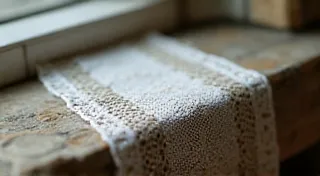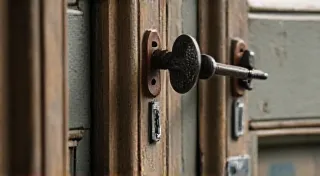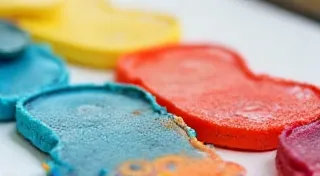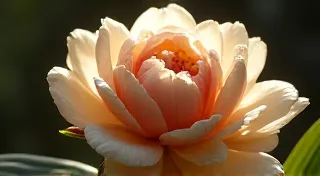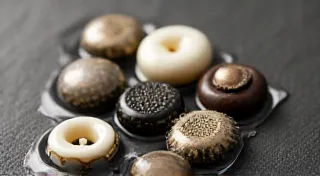The Seamstress's Clockwork Heart: Industry and Inspiration in the Machine Age
The rhythmic whir. The precise, almost hypnotic clatter of needles piercing fabric. For the women of the early 20th century, the sound of the industrial sewing machine was more than just a mechanical hum; it was the soundtrack to a profound societal shift, a symbol of both liberation and exploitation, a pulse of a new era that reshaped the landscape of fashion and, crucially, the lives of the women who shaped it.
Before the rise of the Singer and its competitors, garment making was a painstaking, largely hand-sewn process. Skilled dressmakers held a position of relative autonomy, crafting bespoke pieces for a discerning clientele. Their craft demanded patience, artistry, and a keen eye for detail. But the advent of the industrial sewing machine, first gaining real traction in the 1850s but truly revolutionizing production by the turn of the century, irrevocably altered this dynamic. Suddenly, mass production became a reality. Clothing became accessible to a wider population, no longer the exclusive domain of the wealthy. And the women who operated these machines became the backbone of a burgeoning industry.
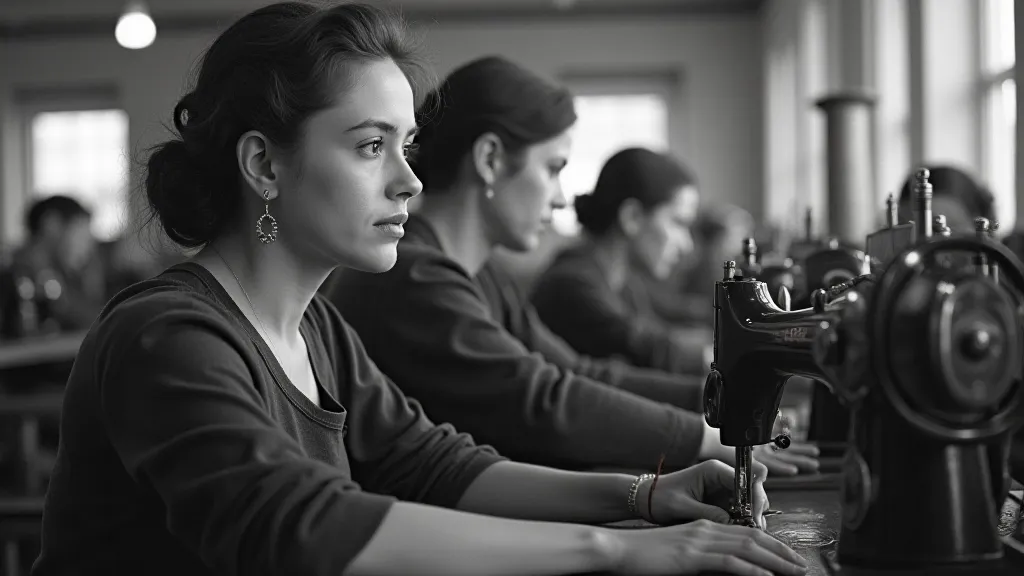
The Gears of Progress, the Weight of Labor
The narrative isn’t a simple triumph. The industrial revolution in sewing wasn’t a fairytale of female empowerment. While the opportunity to earn wages outside the home represented a degree of independence, it often came at a steep price. Factory conditions were frequently harsh: long hours, low pay, and a relentless pace dictated by the inexorable turning of the machine. The repetitive nature of the work could be physically and mentally draining, leading to exhaustion and repetitive strain injuries. The skilled dressmaker's artisan status was diminished; she was now a cog in a vast, impersonal machine, her creativity largely suppressed in favor of speed and efficiency.
My grandmother, Elsie, was one such woman. I remember her telling me stories of her first job in a garment factory in Manchester. She spoke of the constant noise, the oppressive heat, and the feeling of being utterly anonymous amongst hundreds of other women, all performing the same task, hour after hour. "You weren't a person there, love," she’s said, her voice low and tinged with a lingering sadness. "Just a pair of hands to keep the machine going." She was a gifted seamstress, even before she learned to operate the industrial machines. She's always told me she missed the joy of creating something truly unique, but the need for income, for survival, outweighed the loss.
Finding Beauty in the Rhythm
Yet, amidst the hardships, a peculiar beauty emerged. The rhythm of the machines, initially jarring, became almost meditative. The women, bound together by shared experience, forged connections and built a sense of community. They developed their own language, their own jokes, their own ways of coping with the demands of their work. There was a quiet resilience, a fierce determination, that characterized this generation of seamstresses.
Consider the patterns themselves. While industrial production meant a move away from entirely bespoke garments, the vintage sewing patterns of this era offer a fascinating window into the aesthetics of the time. They represent a delicate balance between mass appeal and individual style. The patterns weren't just blueprints for clothing; they were promises of transformation – the chance for a woman to create a version of herself, to project an image of elegance and sophistication, even within the constraints of her everyday life.
These patterns, often printed on fragile tissue paper, are artifacts of an age when craftsmanship and aspiration intertwined. The meticulous detailing, the carefully rendered illustrations, demonstrate a level of artistry that deserves to be appreciated. Many of these patterns are now highly sought after by collectors and vintage fashion enthusiasts. The very act of owning a vintage pattern is an acknowledgement of the skill and ingenuity of the women who designed them and the women who used them.
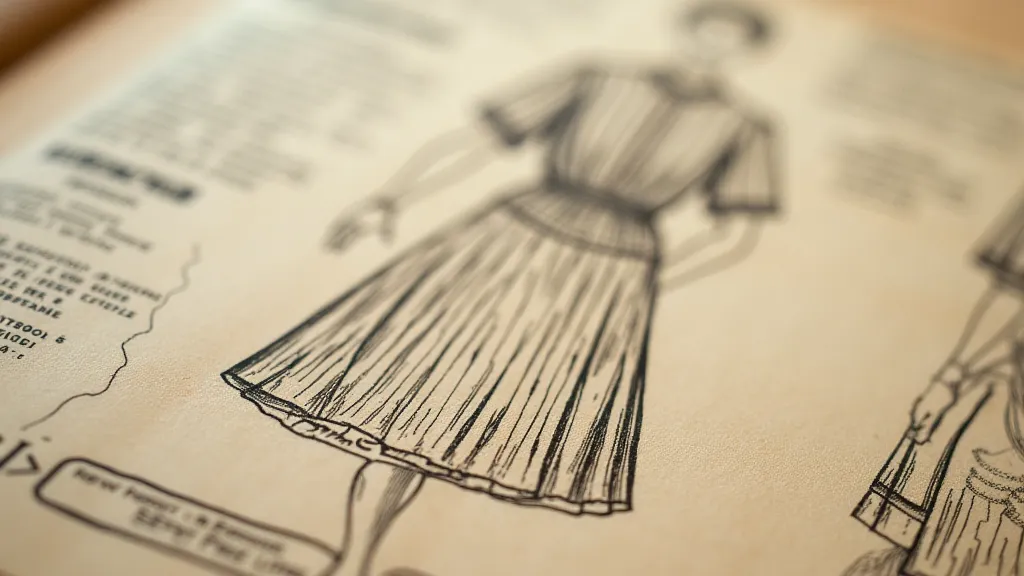
The Legacy of the Machine Age
Restoring a vintage sewing machine isn't just about mechanical repair; it’s a connection to a tangible past. Disassembling a machine, cleaning its gears, and lubricating its moving parts is a process that demands patience and respect for the craft. It's a way of honoring the women who operated these machines and who contributed to the fabric of a changing world. The clicking sound of the gears re-engaged, the hum of the motor, become a link to their lives, their struggles, and their triumphs.
The vintage sewing patterns themselves, often fragile and incomplete, require a similar level of care. Reconstructing a damaged pattern, piecing together fragments of information, is an act of historical reconstruction, a way of bringing the past back to life. Even a small tear or a faded line can tell a story – a story of a woman’s dedication, her resourcefulness, and her enduring spirit.
The industrial sewing machine didn’t erase the artistry of hand sewing; it transformed it. It created new opportunities, while also presenting new challenges. The women who embraced the machine age were more than just factory workers; they were innovators, survivors, and the architects of a new era in fashion. Their legacy lives on, not just in the clothes we wear, but in the enduring appeal of vintage sewing patterns and the quiet dignity of the machines that helped shape our world.
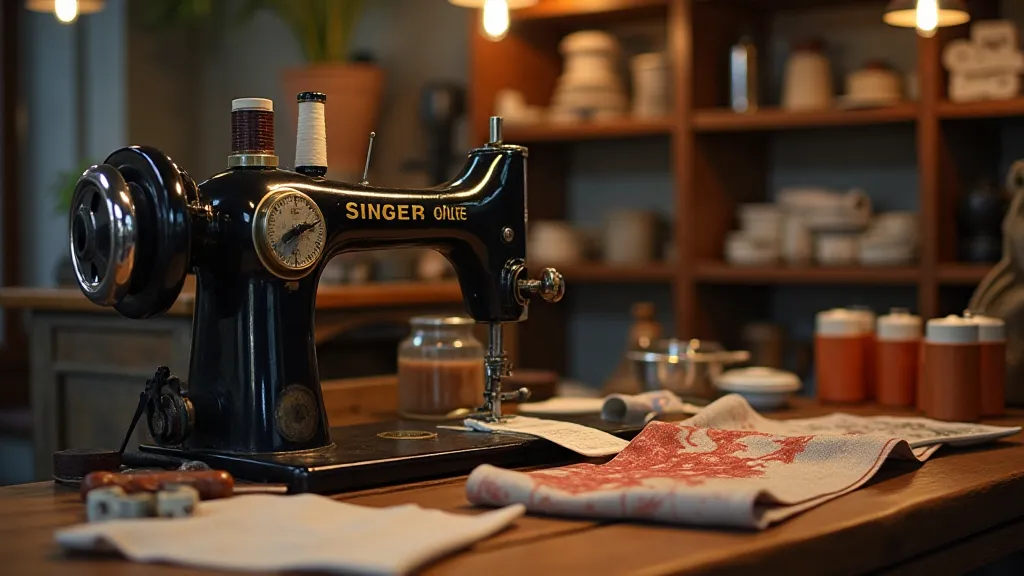
The seamstress’s clockwork heart, a testament to the resilience of the human spirit and the enduring power of fashion.
